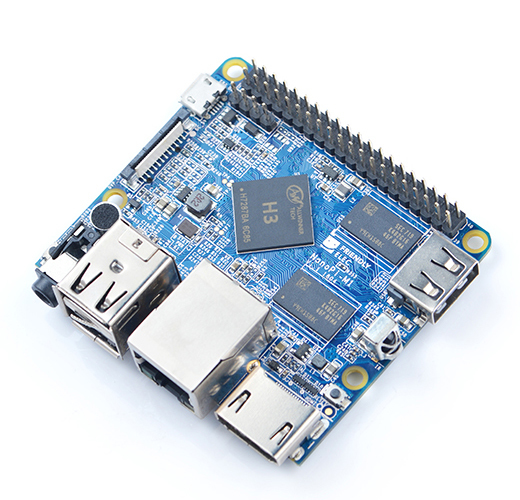
wanhao d7 or plus or box nanodlp installation and profile nanopi m1 and raspberry
thingiverse
Wanhao printers equipped with displays and external boxes already have a processor board similar to Raspberry Pi, thanks to Linux ARM version of Nanodlp, users can utilize the original board without purchasing a new Raspberry. I added a full working machine profile that I believe will also work on the Raspberry version. This profile only functions if the correct Z travel is set to 198mm via the G-code "M206 T3 P153 X198" command. Additionally, I included a static time profile; however, I encountered issues when resuming prints from stops, resulting in skipped layers because the start curing time begins from the initial Z axis movement. This guide provides all necessary steps for installing Nanodlp on the original NanoPi M1 board from Wanhao D7 Plus or Wanhao D7 external box (which is the same). The DGUS display is not compatible, but users can mount a Nextion display: All information regarding possible connections to the TFT display that comes pre-connected with an header on the UART1 /dev/ttyS1 (similar to Raspberry) can be found in the following resources: * http://wiki.friendlyarm.com/wiki/index.php/NanoPi_M1 * Armbian_20.02.1_Nanopim1_buster_current_5.4.20 on SD (with HDDrawcopy or Balenaeatch or Win32DiskImage), after bootloader load the kernel, the blue LED blinks; at the first start, the filesystem is automatically extended. DO NOT INTERRUPT * https://www.armbian.com/nanopi-m1/ Connect via SSH to the IP address of the board and login (root, 1234); create a user named D7 Open Armbian-config in the terminal and change these values: * The CPU is overclocked to 1.39GHz by default; set the governor to 480-1200 on demand for stock CPU specs * Change the line in the bootenv to disable video console that is set "both" to default: + Console=serial * Add this line at last to the bootenv to disable blinking cursor: + Extraargs=vt.global_cursor_default=0 * Enable all USB hosts and UARTs on peripherals (this requires a reboot, which can be done later) * Change locale to your language, timezone, and keyboard map * Install Avahi * Execute firmware update (this command launches apt-get update and upgrade automatically) Reboot using the "reboot" command and login with user D7 Install these packages with Aptitude: * sudo apt-get install libpng-dev libpng16-16 USBmount is not present in the repository; users must compile it using dpkg if they plan to use a USB with the following commands: * cd /usr/src/ * sudo git clone http://github.com/kgara/usbmount/ --depth 1 * sudo apt-get install debhelper lockfile-progs * cd ./usbmount * sudo dpkg-buildpackage -us -uc -b * sudo dpkg -i ../usbmount_0.0.24_all.deb Place the console on /home/D7/nanodlp: * Create a file with nano like this and save it: + sudo nano /etc/systemd/system/nanodlp.service -------------------file content---------------------- + [Unit] + Description=NanoDLP service + After=systemd-user-sessions.service plymouth-quit-wait.service + + [Service] + WorkingDirectory=/home/D7/nanodlp + ExecStart=/bin/bash /home/D7/nanodlp/run.sh + Restart=always + RestartSec=5 + + [Install] + WantedBy=multi-user.target Enable the service using: * sudo systemctl --now enable nanodlp The web interface is now accessible. Update to the latest beta via the tools page/update Nanodlp Flash the firmware D7_v1-3.hex firmware (the same on the Wanhao site and the wiki) Restore the setup-nanodlp-d7.json machine profile through tools on the web interface After Ramps is connected, send this line to it by Ramps terminal: * M206 T3 P153 X198 Import the profile-static-example.json profile example from Resin profiles. Users can connect the DX fan (for nanopi) on the 12V white connector on the board and the SX fan (for ramps) with UV fan to output screw terminals. In this way, the UV and Ramps fans power up only when printing, which is more logical.
With this file you will be able to print wanhao d7 or plus or box nanodlp installation and profile nanopi m1 and raspberry with your 3D printer. Click on the button and save the file on your computer to work, edit or customize your design. You can also find more 3D designs for printers on wanhao d7 or plus or box nanodlp installation and profile nanopi m1 and raspberry.
